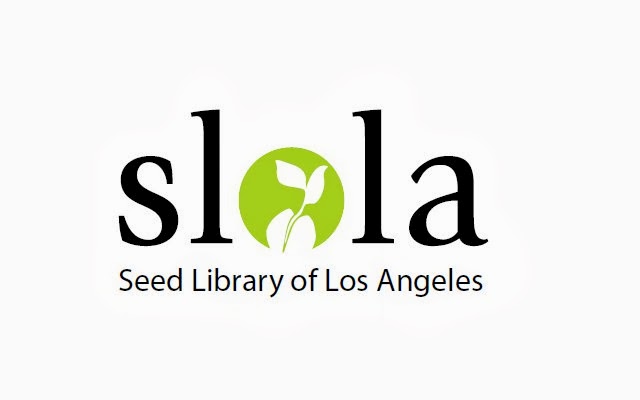That aint necessarily so.
Oftentimes the difference between easy and hard is simply the willingness to observe what's happening in your garden and use that knowledge to your advantage. In small scale seed saving, there is a minimum of tools required (which I feel is a flaw, being an avid tool collector myself) and the techniques are fairly straight forward. Corn is not, of itself that hard to save. But our location, throughout Los Angeles makes it hard to save; someone somewhere has corn flowering the same time yours is! The only way to save it without doubt is to pollinate it by hand. I intend to cover that in the near future, so stay tuned!
Corn is wind pollinated
There are ways to control corn pollen and get plants pollinated with only the genes you want. This article is not about that.
The peoples who took corn from a sad little grass plant into the culinary powerhouse it s today, had a very different view of plants and plant breeding. Isolating a given set of genetics was the European design, but the breeders of corn took a different approach from ancient times to present day, they allowed the corn to freely cross - and they saved corn from all ears, not just the big ones. The result is that there are hundreds of different corn varieties available for a huge variety of different ways to cook and eat it!
 |
| Corn unshelled on the right, bowl of Red Bread seed center and the empty cobs, already shelled on the left. |
It was making a whole circle in may ways. The corn was now going back to Mohawk country to help Eliot Cowan, author of "Plant Spirit Medicine
Pulling the corn seeds out of storage was a mystical experience. The seed was no longer fresh, so my instructions were to plant more seeds than he needed just to ensure a good stand of seed.
I didn't have time to give these seeds a "germ test" (see my other article, Are Those Seeds Any Good, Mister? for some back ground on this).
I brought out my corn sheller and tried my best to NOT just take the good looking kernels from good looking cobs. I tried to emulate the corn growers and I tried to shut my internal neediness for a stab at perfection.
 |
| A corn sheller. This one is sized for popcorn, but it was the right size for my Red Bread Corn too! |
david

No comments:
Post a Comment